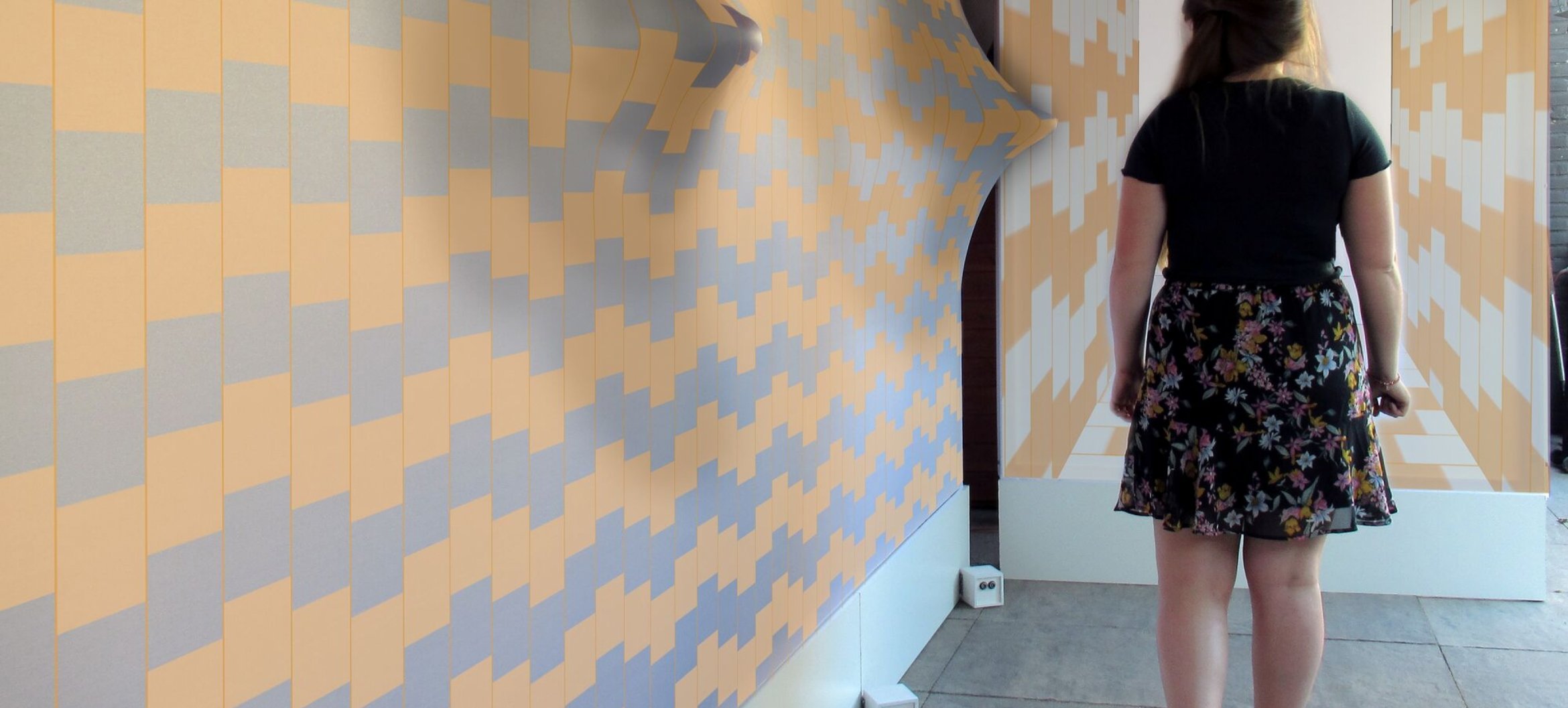Susan van den Berg

The (in)comprehensible movement
The Elevator Experience
My mother has always been afraid of using an elevator,
which made me wonder about this small, vertical moving space.
How can elevator design affect the perception of users with fear? After researching the links and disconnections between the architect- and the human perspective to this space, I related them to five characteristics of the elevator which trigger people who experience fears inside elevators; size, function, upholstery, distraction, and movement. I propose that a psychologist will co-operate with architects in the process to include more of the human experience and design beyond the elevator as we know it today.
Moments of movement
I have further investigated the characteristic of the incomprehensible vertical movement. Our brains want to understand the movement we make. For this, we use our vestibular system, which has a strong relationship with our eyes. They will try to find visual guidance to understand our movement. When this co-operation is broken, you may experience an uncomfortable feeling.
The human population is growing, buildings will become higher and bigger, causing us to move more through circulation areas of high-rise buildings. More movement during our day is good for our psychical and mental health, thoughts, creativity and productivity. I focused on the three directions of movement, the horizontal, diagonal and vertical. I want to give these spaces a more meaningful use and make them more attractive to go for a walk. Our bodily movement and our experience of it, differ per the direction of movement. This concept design creates an interaction between the visible movement of the user and an action of the specific context. The spaces respond to the perceived movement with optical moving patterns and flexible reshaping walls. This can achieve an experience of disruption or a flawless amplification of your moment of bodily movement.
This page was last updated on June 13, 2021